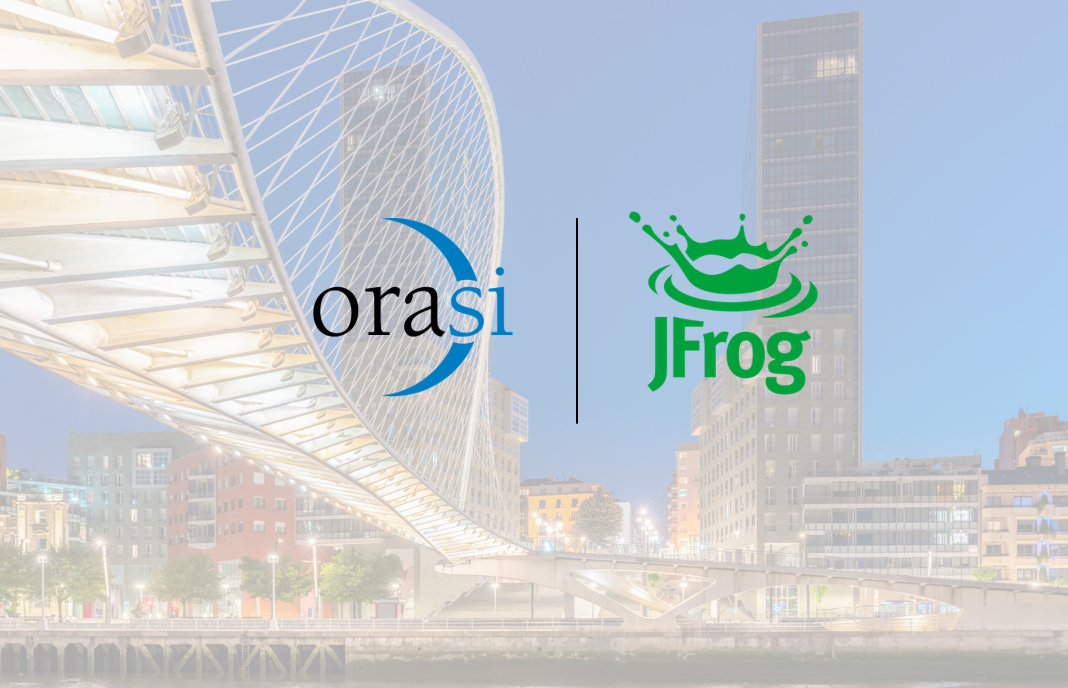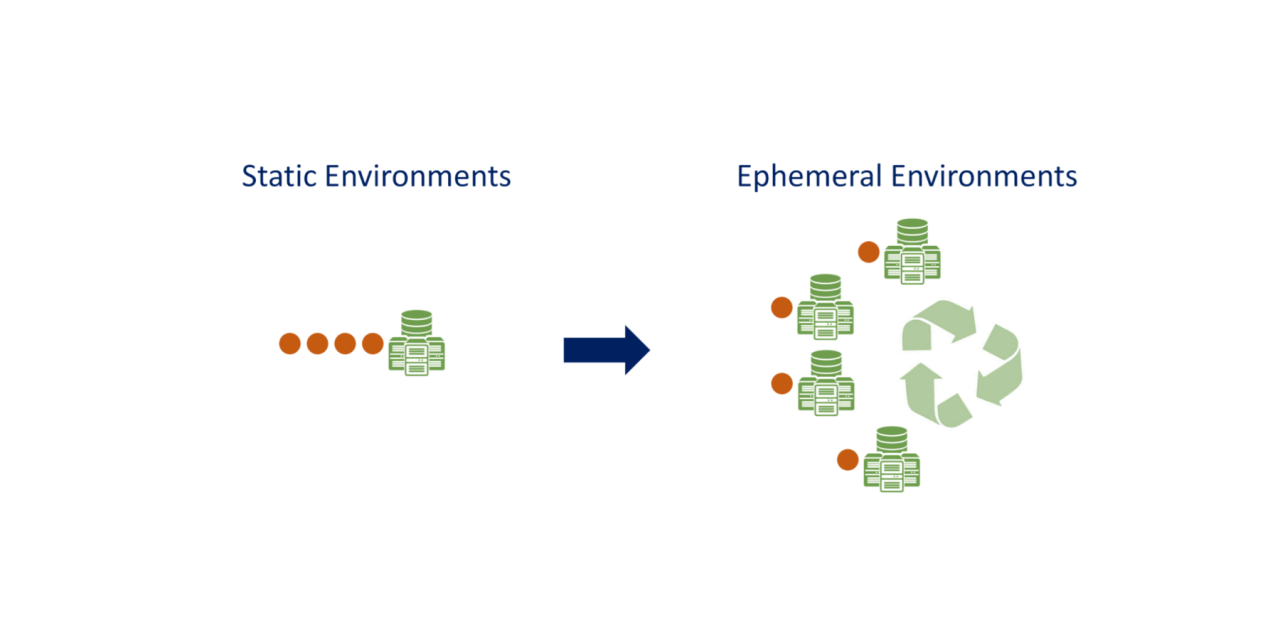B: Karl Rubin, COO
DevOps was the first paradigm shift that broke the traditional idea of how application development works. It changed a rigid and linear model into an iterative, collaborative, and agile one.
Before DevOps arrived, development teams worked in a silo that was insulated – physically and mentally – from operations. Creating and coding an application was a different world with few connections or comprehension on what happened when the application reaches production stages. This is where quality, debugging, and user experience took a heavy beating too. It was an organization constructed with strict boundaries.
But with DevOps, these walls melted away.
What makes this culture distinct?
DevOps is more than a development framework or IT model. It is a culture in itself. Here are some clear signs that affirm a DevOps culture.
- A powerfully agile approach to application design and development
- Constant dialogue and connectedness between development teams and the operations side
- Modern tools for development, monitoring, and quality management
- Incremental and iterative approaches for regular performance checks and improvements
- A close, and detailed, watch on bugs and flaws
- Use and pervasiveness of cross-functional teams
- Shared responsibility and accountability among development, operations, and business teams
- Immediate rectification on quality issues
- A very extreme customer-centric approach to applications
- Emphasis on UX and responsiveness of applications
- Automation in critical parts of the process
- CI-CD pipelines that drive visibility across every part
- Stress on microservices and modular development
- Replacing large, function-based, and specialized teams with modular, small, and project-driven teams
When all of this happens, the outcomes are salient and consistent and that’s why DevOps matters. Like,
- Applications that are high on performance, and match production-grade requirements, from the very onset
- Real-time debugging and stringent quality control
- Market-ready applications with faster cycles
- Satisfactory and swift software delivery
- A higher number of deployments and better release frequency
- Better MTTR (Mean Time To Recovery) and production velocity
- An extraordinary customer experience that stands out in a competitive clutter
- Business processes that can respond faster to market changes, customer needs, and ideas
- An innovation-driven DNA across all IT and business functions
- Agile enterprises with digitally ready core and cloud-first business models
Culture and results
Many reports and market studies corroborate these outcomes.
- The Accelerate State of DevOps 2019 Report pointed out that organizations that routinely deploy on-demand and perform multiple deployments per day fare better than other enterprises. They showed 208 times more frequent code deployments, seven times lower change failure rate, and 2604 times faster ability to recover from incidents when compared to low performers. DevOps also induces a culture of trust and psychological safety, meaningful work, and clarity – and all that spurs people to take more risks, innovate, and expand business performance while amplifying productivity and the ability to solve complex problems.
- The State of DevOps Report 2020 from Puppet also shows a correlation between effective change management and an emphasis on automation of testing, deployment, risk mitigation, and flexible approval processes.
- In the Forrester The Q4 2020 Modern Technology Operations Survey too, it was observed that 27 percent of those surveyed showed they were moving to cross-functional product teams. In this survey, over half claimed they were either 1) in an active, agile/DevOps transformation or 2) had completed one or continuously operated that way.
What is remarkable to notice is that organizations engaging in or having completed an agile/DevOps transformation are supportive of business objectives. They also report exceeding expectations for broad business objectives. Such companies employ a product-team-centric operating model, and report a higher overall release cadence across their application portfolios. Forrester found that organizations with higher release frequencies had a higher likelihood to report higher revenue growth and favorable incident trends.
DevOps is more than a technology shift. It pervades the way an enterprise thinks about speed, collaboration, and accountability. It encourages meaningful risks and innovations. And that’s a big culture leap.



